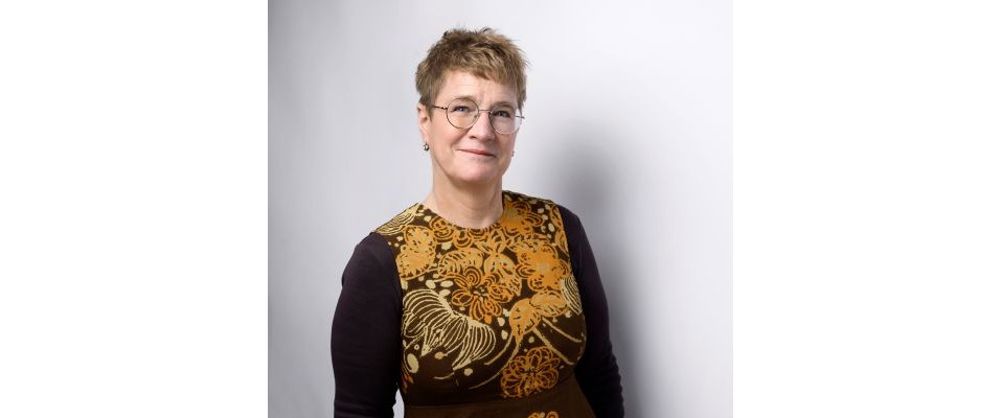Imagine stepping into a car and realizing that the safety features were designed for someone else – someone with a different body shape, muscle strength, or height. This is not just a hypothetical situation; it is the reality for millions of women worldwide. Studies have shown that women were 73% more likely to be seriously injured or die in car accidents than men because crash test dummies were primarily based on male body proportions (Forman et al., 2019). Even if the situation has improved since this research, this remains a thought-provoking example of how ignoring gender in standards development can have life-threatening consequences.
Standards influence everything from the safety of household appliances to the usability of voice recognition technology. For too long, many standards have been developed with a "one-size-fits-all" approach – one that often assumes the default user is male. This oversight can lead to products and systems that do not adequately serve or protect all users. The solution? Gender responsive standards (GRS).
What are gender responsive standards?
Gender responsive standards recognize and integrate gender differences in the development of standards. This does not mean separate standards for men and women but rather ensuring that standards work effectively for everyone. A gender responsive standard considers physiological, biological, and social differences to ensure that products, services, and processes are equally accessible and safe for all users. So far, this work has primarily focused on ensuring the perspectives of both men and women are taken into account.
In 2019, ISO and IEC signed the UNECE Declaration on Gender Responsive Standards, committing to making the standardization process more inclusive. ISO and IEC then established a joint international strategic group that advises on the importance of considering gender when developing standards.
However, there is still a long way to go. In several industries, standards continue to be developed without addressing important gender differences, often due to a lack of gender-specific data in research and product testing.
The consequences of ignoring gender in standards
When standards fail to consider gender, the consequences can be significant:
- Health and safety risks: Beyond car accidents, gender differences also impact areas such as radiation exposure, where women have a higher risk of developing or dying from cancer at the same radiation levels as men (Narendran, Luzhna & Kovalchuk, 2019). Protective equipment such as industrial gloves and workwear is often designed for men’s body proportions, making them uncomfortable or even unsafe for women. Fortunately, the international committee that develops standards for protective equipment has recently incorporated a gender perspective into the standards it creates.
- Technological bias: Voice recognition software often performs better for male voices because it is primarily trained on male speech samples (Tatman, 2017). This makes daily interactions with AI assistants, customer service systems, and workplace tools less effective for women.
- Workplace inequality: In industrial environments, tools and machinery are often designed based on male strength and grip dimensions, creating additional barriers for women in these fields. When equipment does not fit properly, it can lead to decreased productivity and increased risk of injury.
The role of data and representation
One of the biggest challenges in developing gender responsive standards is the lack of gender-specific data—data that is collected and analyzed separately for men and women. Without this data, standards developers cannot accurately assess whether a product or service works equally well for all users.
Furthermore, the under representation of women in the standardization committees that develop standards exacerbates the issue. More female experts in committees increase the likelihood that gender differences will be addressed in standards development.
Moving forward: A call to action
The path to truly inclusive standards requires a shift in mindset and practice. Here’s how we can make progress:
- Assume that gender matters in every standard – All new and revised standards should undergo a gender analysis to identify potential disparities. Tools have been developed to assist with this.
- Use gender-specific data – Where such data is unavailable, efforts must be made to collect it, and its absence must be acknowledged as a limitation.
- Increase representation – More women should be encouraged and supported in joining standardization committees to ensure diverse perspectives are included
- Raise awareness – Governments, industries, and organizations must recognize the importance of gender responsive standards and work toward their implementation.
A future with standards that work for everyone
In a world that increasingly values diversity and inclusion, standardization must not be overlooked. Gender responsive standards are not about special treatment; they are about ensuring fairness, safety, and efficiency for all. By integrating gender perspectives more effectively into standards development, we build a more just society—one where everyone, regardless of gender, can benefit from the highest levels of safety and usability.
The next time you step into a car, use a tool, or interact with technology, ask yourself: Was this designed with all users in mind? If the answer is no, it’s time for a change.
About the authors

Karin Lindmark is the Head of Technical Policy at SIS, Swedish Institute for Standards, and was a member of the ISO Technical Management Board from 2016–2020 and again from January 2025.
She is also a member of the European standardization Technical Board, CEN/BT since 2022. She has been at SIS since 2016 and has more than 20 years’ experience from different management positions. She studied mechanical engineering at Chalmers University of Technology, Sweden.
She is passionate about international cooperation and process development, and is keen on ensuring that processes and tools are truly inclusive. She believes diversity and gender representation is important, but the language and the gender responsiveness in the standards we write is what she focuses on at present. She has been the Co-Convenor of the ISO/IEC Joint Strategic Advisory Group on Gender Responsive Standards since February 2020.

Michelle Parkouda is the Manager of Research at the Standards Council of Canada (SCC), where she is responsible for leading research to demonstrate the economic and social value of standardization. She is a member of the IEC Diversity Advisory Committee (DAC), Co-convenor of the ISO/IEC Joint Strategic Advisory Group on Gender Responsive Standards (JSAG-GRS), and Chair of the team of specialists on GRS within the United Nations Economic Commission for Europe’s (UNECE) Working Party 6.
She has published research on the topics of gender, diversity, trade and standards. She has a PhD in Experimental Psychology from McGill University.

